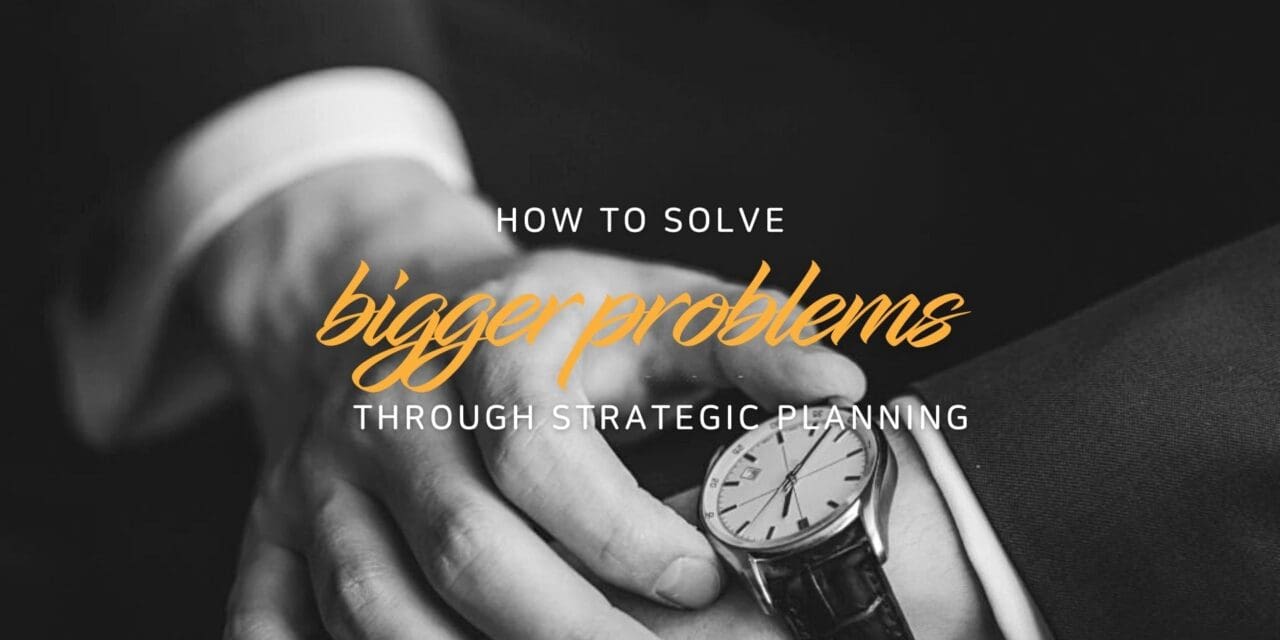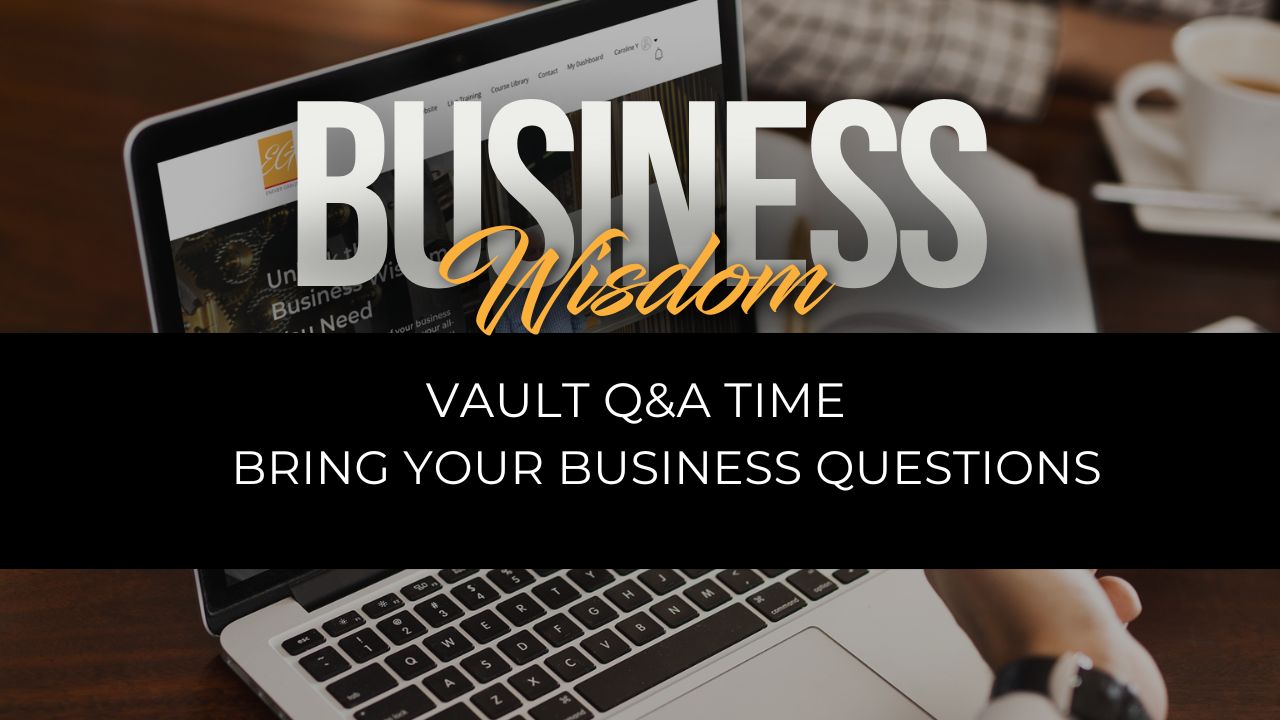Throughout the life of any business there will be both predictable and unexpected challenges.
For example, there will be the usual milestone periods of growth which come with the challenge of navigating the need for additional staff or extra product manufacturing, and expanded business premises.
There will also be issues beyond your control, such as macro-economic factors, supply issues, or changes to government policy and legislation.
But most of these can be mitigated through strategic planning, and the simple recognition that over the lifespan of a business things will change, and your business will need to alter in response.
Here’s an insight into how to solve bigger problems through strategic planning…
What is strategic planning?
Strategic planning is the process of setting goals for your business, then creating the actions (or steps) required to attain that objective while factoring in the resources required to achieve the aim.
It is a critical tool for shaping the future of any business, allowing you to plan for it and create momentum.
Throughout the life of a business, strategic planning is essential, allowing you to stay true to your vision and meet the challenges that arise on the way.
That means at its heart, any strategic planning is always a problem solving exercise that says if we are here, what do we need to do and overcome to get where we want to go?
It’s also a constant work in progress that involves recognising the gaps between aspirations and what’s being achieved in your business.
But how exactly can it be used to solve bigger problems? Well in lots of ways, so let’s walk through a couple of examples.
Predictable problems
Strategic planning can solve a wealth of problems both large and small, many of which will be predictable within the life of a business.
For example, a great strategic plan will have a framework for growth, including the milestones that will prompt expansion and see you hire new staff, seek out new premises, or expand production and increase services.
Within the strategic plan there will be systems and pathways for each of these responses, such as a hiring policy, customer service guidelines, product manufacturing systems and quality control procedures.
Some of these might be created at the juncture that the business grows, but the strategic plan will flag that growth is a possibility and offer an insight into how the business will go about managing it.
In other words, the strategic planning process starts offering a solution to that problem before it exists.
External factors
A great strategic plan can also help you respond to factors beyond your control, such as market forces, macro-economics and government policies.
For example, it can help you shift course and diversify into other products or services should demand for a product begin to wane.
It allows you to focus on constant improvement and how you can meet your customer’s needs, or put in pre-emptive frameworks and strategic goals before a potential problem becomes a reality that affects the profitability of a business.
Importantly, it enables you to create an action plan.
The elements of great strategic planning
Strategic planning might focus on business response, but the reality is it is all about the customer.
The key question involved in any strategic planning is always: what is the gap between what our business does and what our customers want? Then: how can we eliminate that divide?
It’s about defining a problem and then creating a solution by defining both short-term goals and long-term goals.
But there’s a caveat here. Chances are you won’t always get it right on the first pass, you will need to refine and hone along the way.
This is why strategic planning is an ongoing process. It is not a set and forget exercise that sees you create a business plan that then languishes on the shelf.
Any good strategic plan will need to be revisited and tweaked, and depending on what the problem is, your strategic vision might need to be tweaked quite regularly – not once a year or once every five years, but as required.
With that in mind here are some questions to consider as you go about ongoing strategic planning…
Questions to ask
- What are our strengths, opportunities weakness and threats?
- What changes in customer behaviour are we observing?
- What needs to happen for us to better meet our customer’s needs?
- Does it have to be done this way, or do we do it like this because we always have?
- What could be done to make our customer’s lives easier?
- What could we implement to make our client’s experience with us 5 per cent better?
- How do we get from where we are now to where we want to be?
- What resources are required?
Strategic planning is an invaluable tool that every business should be utilising in order to sustain profitability, grow or simply ready itself for the future.
Talk Strategy with Clive
With more than 30 years’ experience in mentoring small to medium-sized businesses around Australia. Clive works with company owners and their teams to grow their business and achieve goals through strategic coaching.









